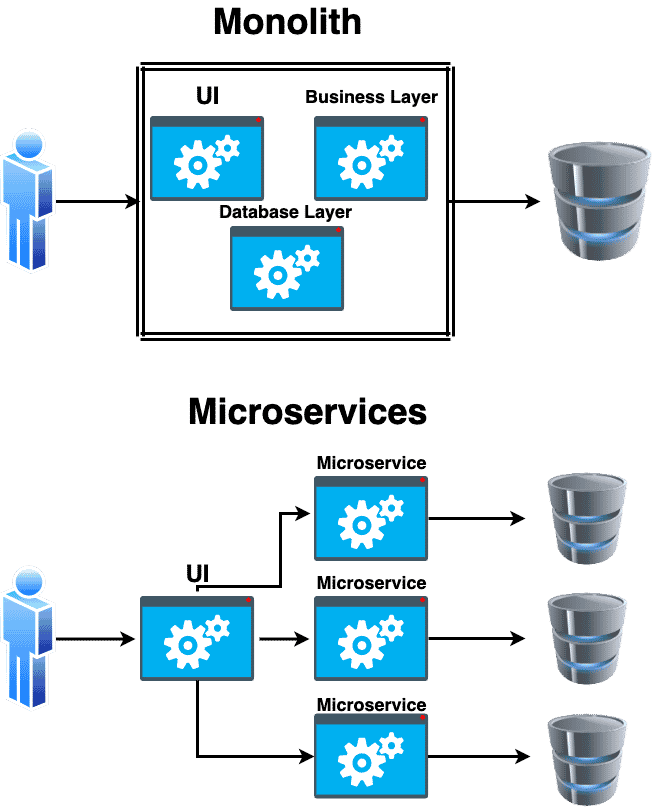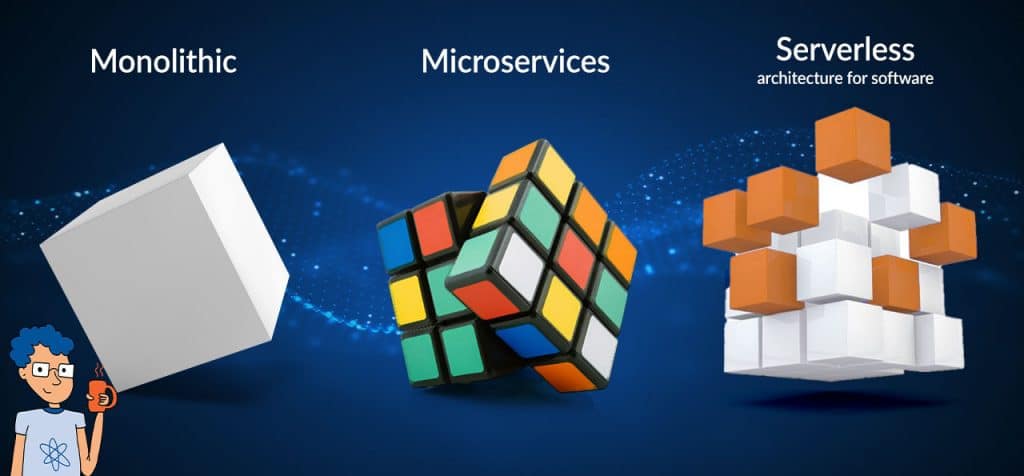Differences Between Monolith And Microservices
The Monolith, as seen above, is a single piece of programming that contains all of an application’s capabilities. Every piece of the program is contained in a single location, and no portion of it can function on its own. This also necessitates the testing of the entire application. On the other hand, monoliths are simple to operate, as microservices are more sophisticated and need bigger groups and more assets. One team can create and launch a single microservice independently when a corporation has the resources to do so.
Why Use Microservices
Let us take a glance at a few of the many advantages of employing microservices.
1. Scalability
There are several reasons to use microservices. Scalability is perhaps the most common one. For example, when the traffic is significant and the requirement to scale arises, a replica of the entire program is required. For example, if your e-commerce business is having a sale, you would simply like another replica of your sales services operating so that it can accommodate the extra requests, however, the remainder of the services may not even need to grow further.
2. Smaller Teams
The flexibility of design teams to remain tight and small is yet another advantage, which improves communication.
3. Frequent Releases
Because the service is more manageable than a massive monolith, quicker production and debugging cycles may be completed, resulting in a speedier time to market. Depending on the service, several tech stacks may be employed, each one tailored to the specific needs of the service. That allows groups to have some freedom and keeps things from becoming monotonous.
The Final Take
For the most part, microservices are fantastic, however, they have a reason and should not be used as the first option. If a corporation is strapped for cash and does not require the flexibility of scalability, a Monolith application may be the better option since it is easier to set up and maintain. Before making a final choice on whether or not to use a Microservices Architecture, consider the advantages and disadvantages.


